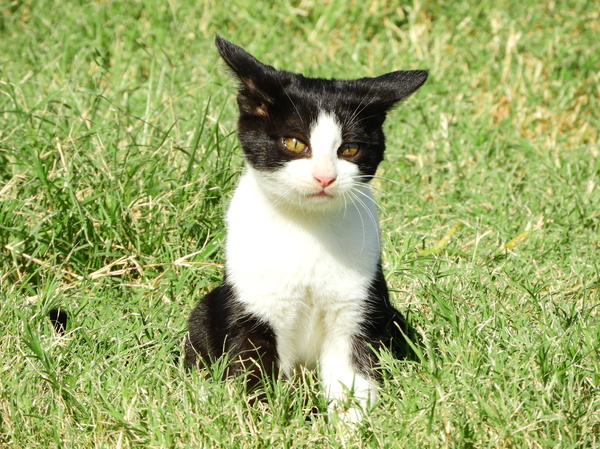Comprehending Silica Gel Cat Litter: Benefits And Drawbacks
Comprehending Silica Gel Cat Litter: Benefits And Drawbacks
Blog Article

Cat litter and litter boxes play a critical role in the lives of both cats and their owners. From the simple starts of sand and soil to the ingenious advancements of today, the world of cat litter has developed substantially. In this thorough guide, we look into every aspect of cat litter and litter boxes, exploring their history, types, benefits, challenges, and everything in between.
The history of cat litter dates back centuries, with ancient civilizations using sand, soil, and even ashes as primitive litter products. However, it wasn't until the mid-20th century that modern cat litter as we understand it emerged. In 1947, Edward copyright introduced the world's first business cat litter made from absorbent clay, revolutionizing the way felines relieved themselves inside. Since then, cat litter has actually gone through many improvements, with the intro of clumping litter, silica gel litter, naturally degradable choices, and more.
Today, cat owners are spoiled for option when it pertains to picking the best litter for their feline companions. Traditional clay litter remains popular for its affordability and efficiency in soaking up smells. Clumping litter, which forms solid clumps when wet, simplifies cleaning and upkeep. Silica gel litter, composed of highly absorbent silica crystals, offers remarkable smell control and longevity. Naturally degradable options, such as recycled paper, wood pellets, corn, and wheat, appeal to ecologically conscious consumers.
Each kind of cat litter offers unique benefits. Clay litter stands out in its ability to soak up wetness and control smells, making it a reliable Modern Litter Boxes option for lots of feline owners. Clumping litter simplifies daily scooping and extends the time in between complete litter modifications. Silica gel litter offers exceptional smell control and can last longer in between replacements. Naturally degradable litters use a sustainable alternative that minimizes ecological cat litter scoop effect.
While cat litter improves indoor feline hygiene, it is not without its difficulties. Dust from clay litter can pose breathing dangers for both felines and people, prompting the appeal of dust-free options. Some felines may develop litter box hostility due to problems with texture, aroma, or cleanliness, demanding experimentation with different litters and box setups. Multi-cat homes may need strategic litter box placement and regular maintenance to avoid territorial disputes and guarantee all felines have access to clean centers.
Picking the suitable litter box is essential for promoting favorable litter box habits and general feline well-being. Elements to think about include size, availability, and design choices. Covered litter boxes provide personal privacy and help include smells, but some cats might find them confining or frightening. Open-top litter boxes offer simple access and exposure however may lead to more litter scatter. Automatic self-cleaning litter boxes improve upkeep but require routine monitoring and upkeep.
Correct litter box maintenance is important for making sure a clean and welcoming environment for both felines and their owners. Daily scooping removes waste without delay, cat litter lessening odor and dissuading litter box hostility. Regular litter replacement, usually every 1-2 weeks, avoids bacterial buildup and preserves optimum absorbency. Thorough cleansing with moderate detergent and water, preventing harsh chemicals that may prevent felines from using package, should be performed monthly.
Cat litter and litter boxes play a central function in fostering a healthy and harmonious relationship in between felines and their human companions. With a diverse range of litter alternatives and litter box styles available, cat owners have the flexibility to customize their options to match their cats' preferences and home requirements. By comprehending the advancement, types, advantages, and challenges of cat litter and litter boxes, pet owners can offer their feline pals with a comfy and sanitary indoor environment.